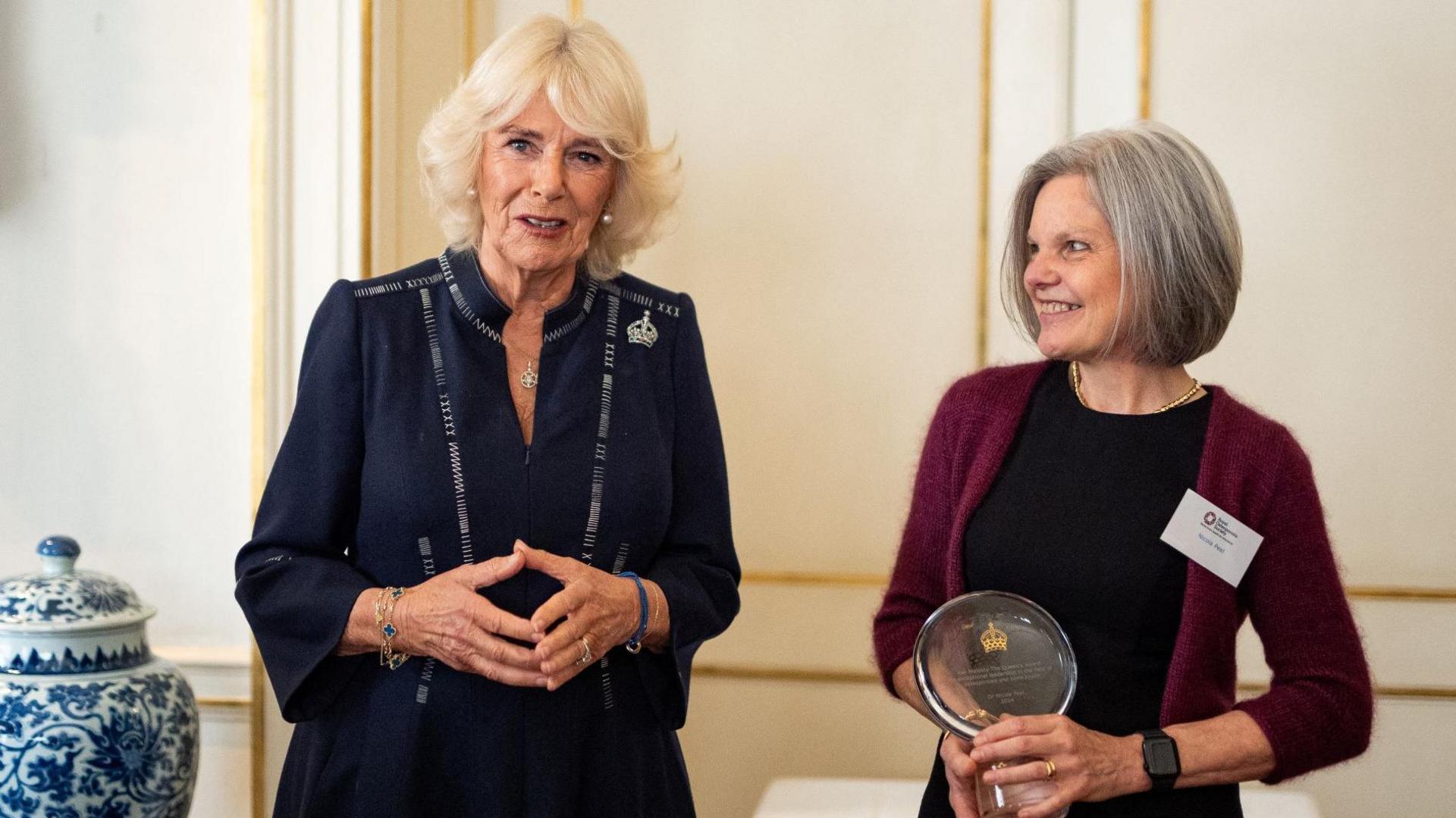Menopausal woman lives in fear of broken bones
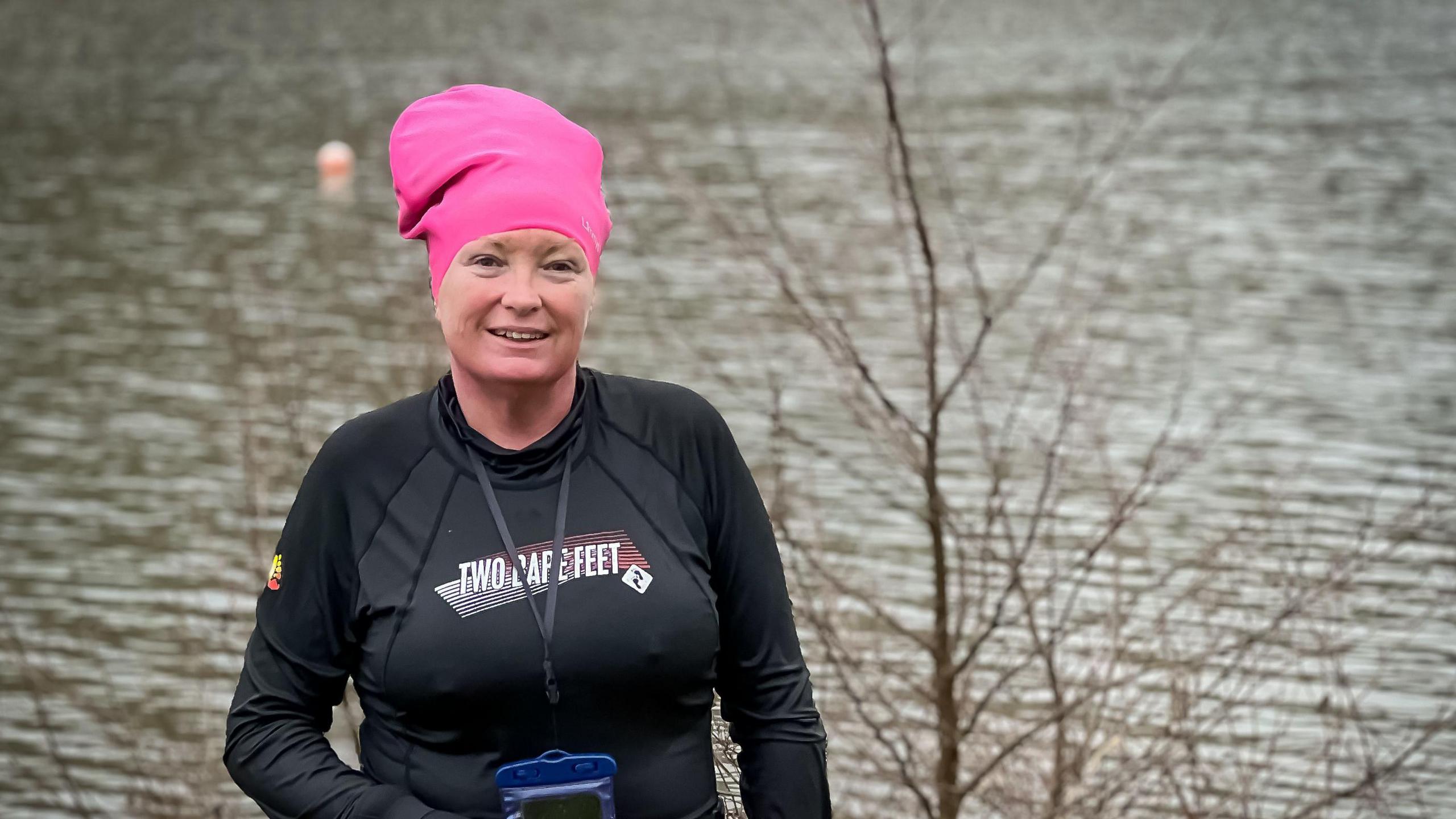
Sam Mitchell swims to stay fit after breaking her pelvis in a minor fall
- Published
A menopausal woman who broke her pelvis in a minor fall says she "lives in fear" of having another fracture.
Sam Mitchell, 50, from Gwaun-Cae-Gurwen, Neath Port Talbot, said despite her low-impact break and a family history of osteoporosis, external, she does not qualify for a scan to check her bone density.
During the menopause, the oestrogen hormone that is important for keeping bone density stable, decreases, increasing the risk of breaking bones, external, the Royal Osteoporosis Society (ROS) said.
The charity also said Welsh hospitals were full from a "revolving door" of repeat fractures, with one specialist saying "fragility fractures" are rising by 10% a year.
Osteoporosis is a health condition that weakens bones, making them fragile and more likely to break.
Funding of £1m for clinics to offer further bone health checks to over 50s who have had a break will be provided by the Welsh government.
It has also mandated the health service to identify 80% of osteoporosis patients by 2030.
Sam tripped coming out of a tent on a camping holiday in April 2022, fracturing her pelvis.
"I landed on the floor and didn't think anything of it and went to get up, but couldn't move," she said.
The treatment left her in agony, in bed for six weeks.
But the injury was puzzling because, even though she had fallen awkwardly, there was no force in it.
Bone-building drug coming for post-menopause women
- Published7 August 2024
Plea to 'think earlier' about osteoporosis risks
- Published19 October 2024
Software to spot osteoporosis trialled in Cornwall
- Published23 April 2024
More than 20,000 people suffer breaks due to osteoporosis in Wales every year, the ROS said, making it the fourth worst cause of disability and premature death.
Sam now faces a 40% chance of a second fracture, given her age and gender.
Despite being perimenopausal when she fell, and having a mother who has osteoporosis, her follow up care involved no bone health checks.
"Nobody mentioned there could be a problem with my bone density and maybe that's why I'd had such a serious fracture from seemingly such as a small trip," she added.
BBC health correspondent Jenny Rees found out she has low bone density
She said she believed bone heath testing and a plan to prevent fractures should be offered to every woman when they reach perimenopause.
"If there was a standard put in place for testing certain things then I'm sure it would prevent lots of women from having fractured bones and being cautious about hurting themselves," Sam added.
"I'm just very aware of falling, tripping over, slipping."
She is a full-time carer to her husband, has a teenage daughter, and looks after her parents in their 80s, adding: "I can't afford to be out of action."
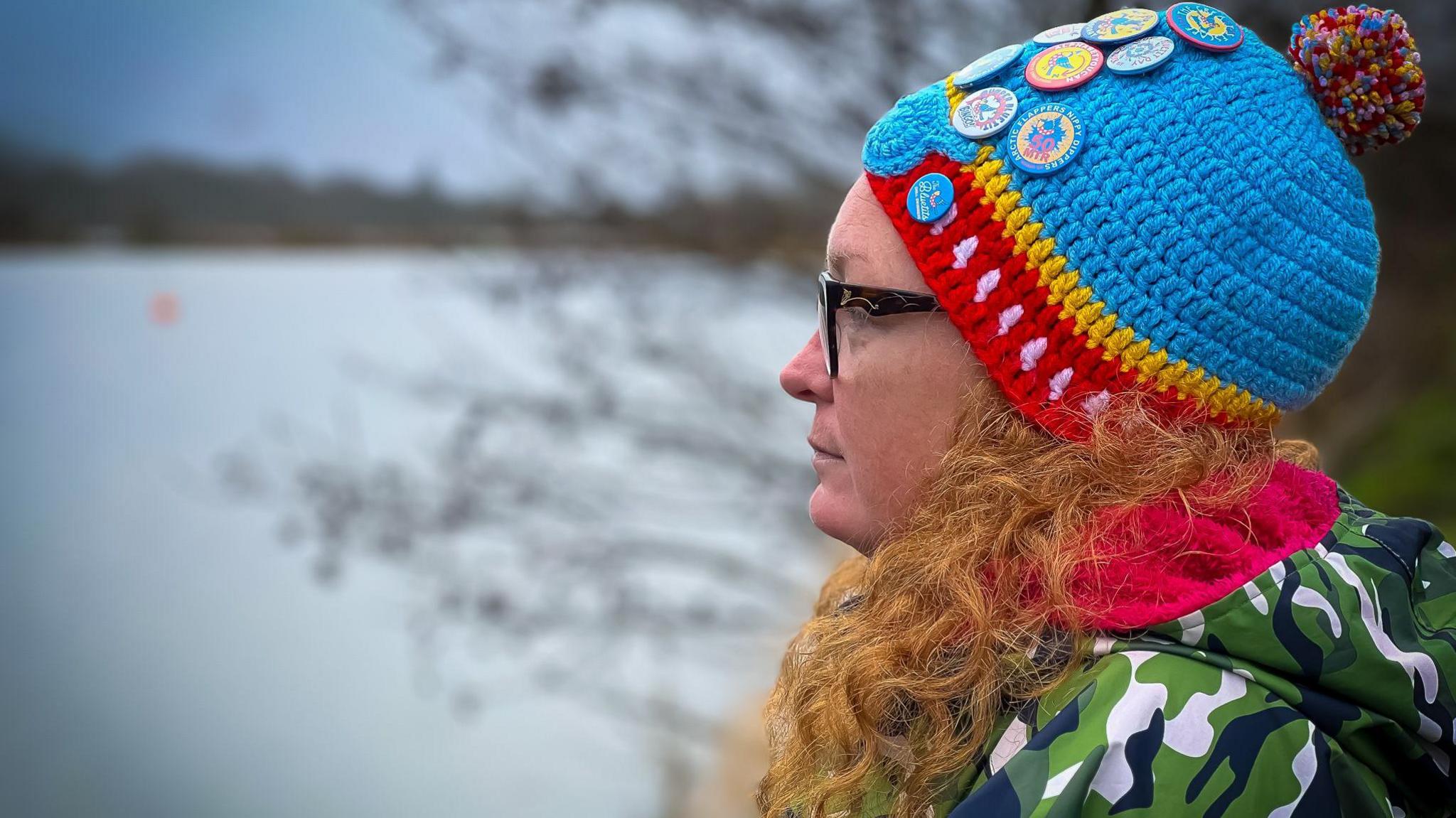
As a full-time carer Sam Mitchell says she cannot afford to be out of action from another break
More than half of women have a fracture after 50, said ROS chief executive Craig Jones.
He said there are good, effective and affordable medications, but the "vast majority" are missing out.
Instead there is what he called a "revolving door of fracture patients in Welsh hospitals".
Health Secretary Jeremy Miles responded with £1m to pay for 17 new staff working in fracture liaison clinics (FLCs) set up in all health board areas.
Fred Walker, 67, from Cwmbran, Torfaen, was referred to an FLC after breaking his wrist in a minor fall earlier this year.
"I thought maybe I'm too old and my bones are weak and that's just what happens," he remembered.
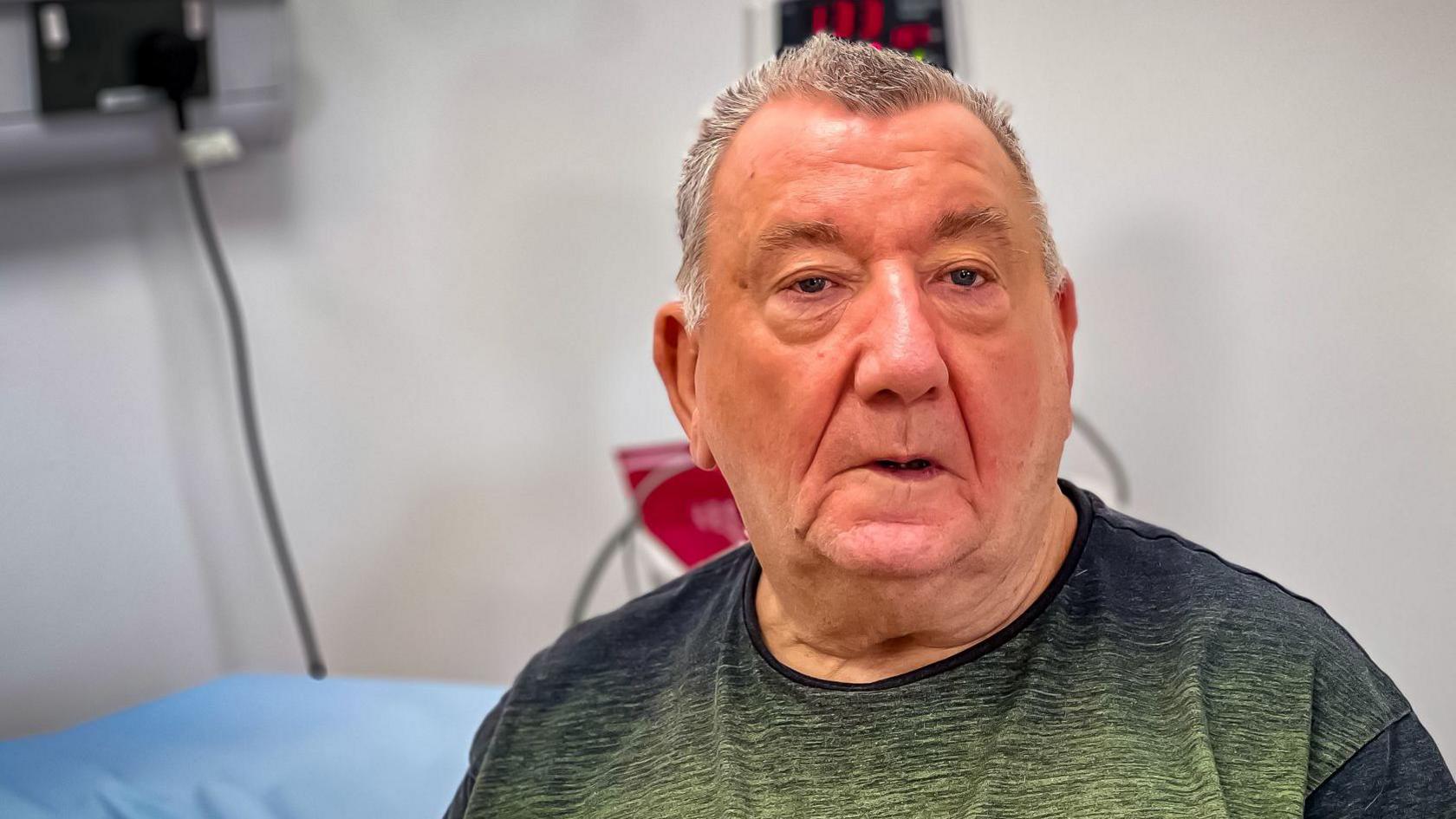
Fred Walker is also living in fear of another break
Under the new fracture protocols he got a DXA bone scan, external showing he has osteopenia, a precursor to osteoporosis.
"They found straightaway on me... and they've picked up on what I've got to do to get over it," he added.
Since his break he has lost 2.5 stone (15.9 kg) and is taking medication that can increase bone density if taken over several years.
He still worries about another break.
His consultant is Dr Inder Singh, the national clinical lead for falls and frailty in Wales, who warned "fragility fractures" are rising by 10% a year.
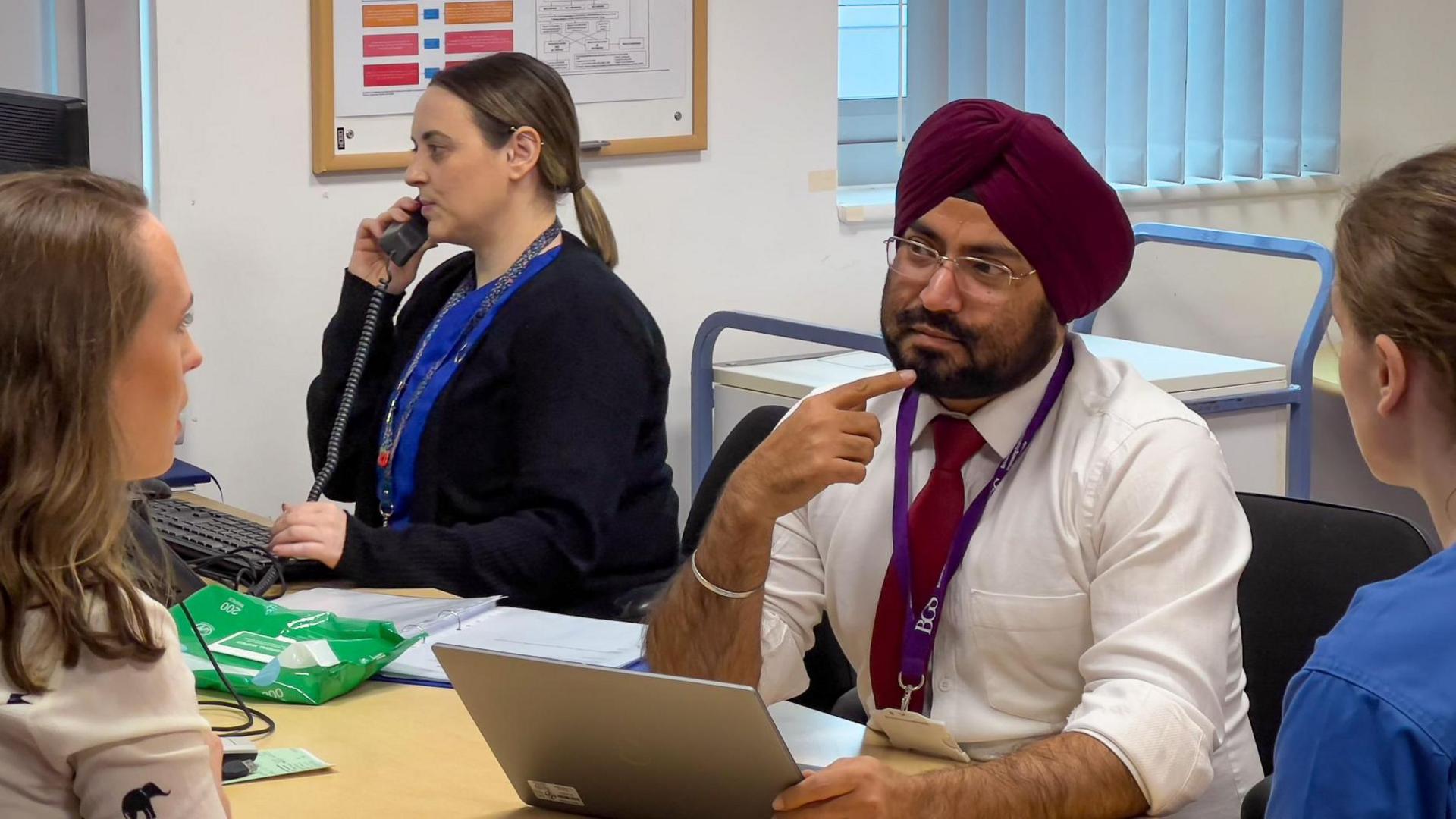
Dr Inder Singh (second from the right), the national clinical lead for falls and frailty, working at a fracture clinic in Ysbyty Ystrad Fawr in Ystrad Mynach, Caerphilly county
"There's no way you can measure how that's impacted the lives of 25,000 individuals who are living with fractures or been given this diagnosis [of osteoporosis]," he said.
About 30 to 40% of frailty fracture patients will have a second fracture within a year, he said.
"That's the highest risk and still we're not picking it up... they continue to have fractures again and again," Dr Singh added.
The result is what he called a "fracture cascade" where people who were otherwise healthy end up ill and unable to care for themselves at home, at huge cost to the NHS.
Jill Dalgleish said a knee replacement last year gave her the "kick she needed" to start focusing on her bone health.
The 67-year-old paid £200 to get a REMS, external test, an ultrasound bone scan being offered in Wales for the first time at a clinic in Penarth, Vale of Glamorgan.
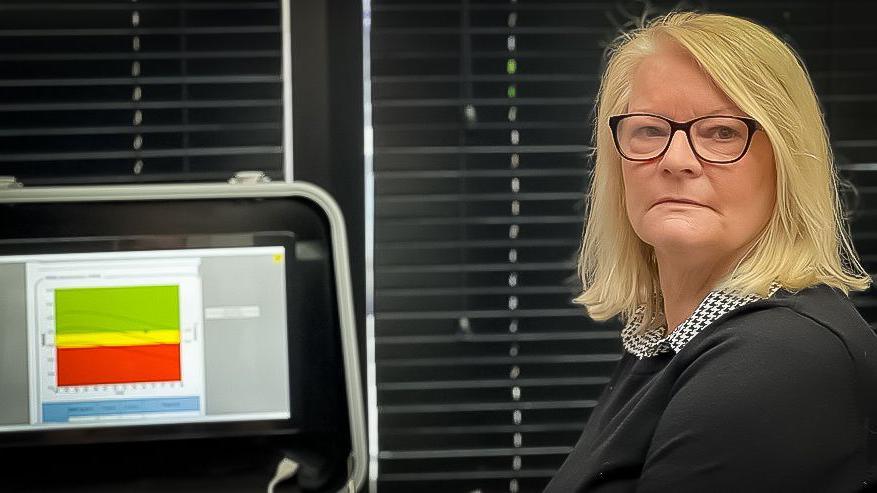
Jill Dalgleish from Penarth says women need help with bone health
The result suggests she is borderline osteoporotic.
"At least I know now and that if I don't do anything about it, it's going to get worse," she said.
Dr Syed Junaid, who runs the REMS test, believes DXA remains the "gold-standard".
He said "REMS gives people data, like a fitness or screen time trackers, so they can see over the long-term how their bones are doing".
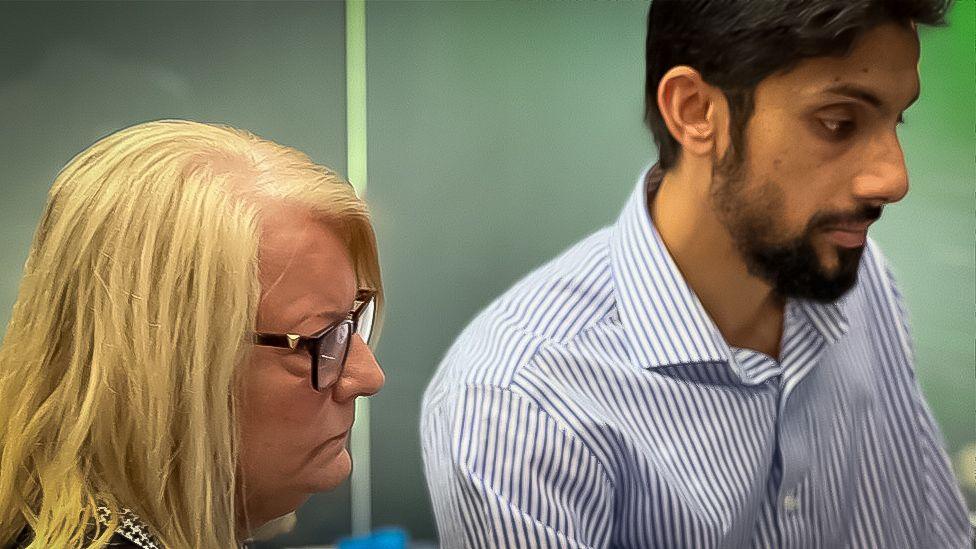
Dr Syed Junaid's private clinic in Penarth is the first in Wales to offer REMS bone scans
The hope is to empower people to treat their bone fitness as being just as important as their cardiovascular fitness.
"Unfortunately a lot of things are put down to, 'It's the menopause. It's your age. You should just get on with it'," Mrs Dalgleish said.
"We shouldn't have to get on with it.
"We do need this help."
Wales became the first UK nation with a mandate to reduce fractures and improve bone health in December.
"We understand the concerns of repeat fractures and have set out high standards in patient care to reduce the risk of these occurring," a Welsh government spokesperson said.
"As well as the fracture liaison service being rolled out across Wales, the quality statement for osteoporosis and bone health sets out our expectations for the care for people suffering with bone conditions."
- Published26 September 2016
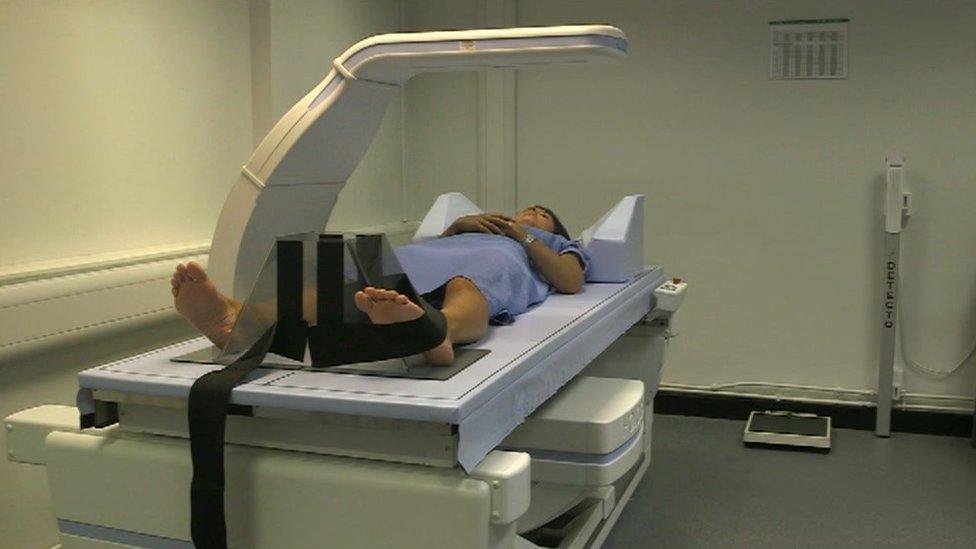
- Published29 December 2023

- Published8 October 2024
